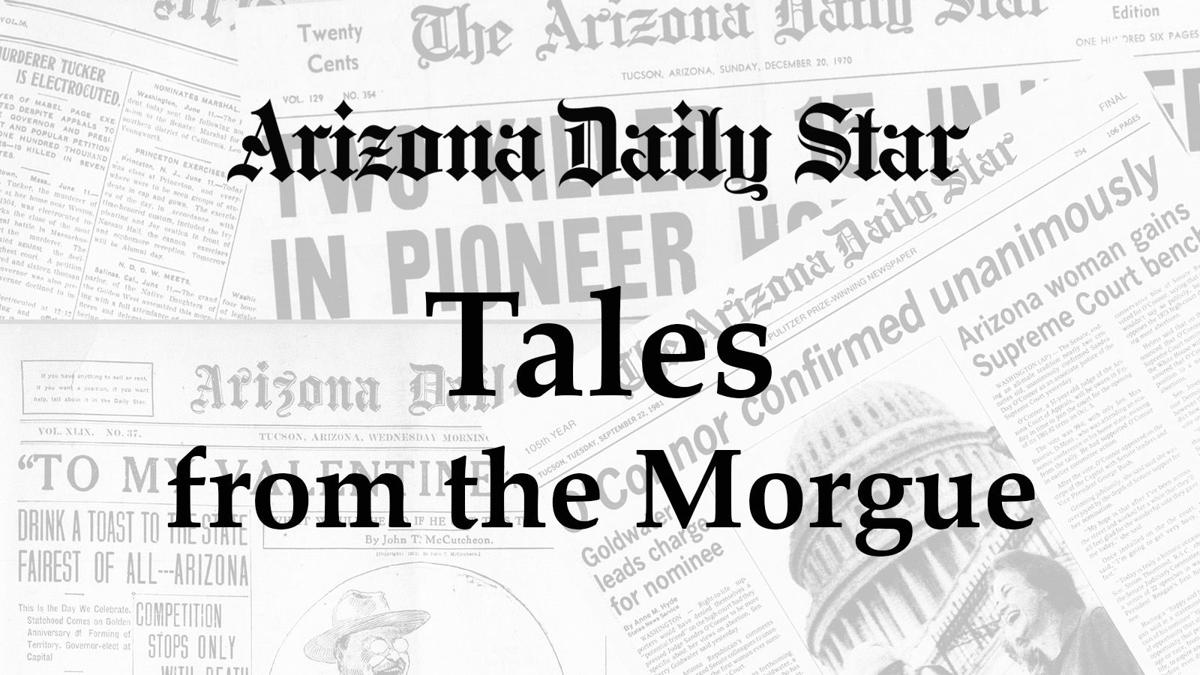It is rewarding to see children get excited about the things they learn in school. The best teachers find ways to make the lessons come alive for students.
These educators were successful back in 1968, and beyond, we trust.
From the Arizona Daily Star, Friday May 3, 1968:
Horses Lose Tails, Manes To 'Apache' Film Actors
Warriors Wanted 'Authentic' Hair
By PETE COWGILL
Because of George Bradt, the ranching area around Elgin almost became known last year as the land where horses have no tails.
About 60 children who attend the Elgin Elementary School all of a sudden began cutting the tails and manes off every horse they could lay their hands on.
The youngsters had no sinister motive ─ all they wanted was a lot of straight, preferably black, hair to use for wigs so they could dress up and look like fearsome Apache warriors.
After all if they were going to make a movie of the fight between a band of Apaches and a small detachment of U.S. Army forces under the command of Lt. H.B. Cushing that took place near there in 1871, they had to make it look as real as possible.
And they did. The kids made models to scale of the Henry and Springfield rifles used in the skirmish which killed Cushing, a Private Green and a civilian packer by the name of Simpson.
The Elgin School Mothers Club donated the material which the children made into soldier and Indian costumes. During the shooting of the epic, the mothers helped apply war paint on the faces and bodies of their warrior sons.
Authentic Apache music was taped and so were some Civil War songs. The screams of the dying and wounded soldiers and Indians were hair-raising.
The end result was a 45-minute documentary on 16 mm color film of life in both the apache and soldiers' camps, the events leading up to the battle and then the actual fight in which at least 15 Indians were killed in addition to the three American casualties. It does not quite match the productions of the late Cecil B. DeMille but as far as the parents, friends and children are concerned, it is just about the most exciting and interesting event to happen around Elgin in many years.
"The kids organized it and it was their show all the way," says Bradt, who teaches grades four through six at the Elgin school.
Don't you believe it. If it weren't for Bradt and his wife Mary Alice, who teaches grades one through three, these school children would probably never have heard of Lt. Cushing of Troop F, 3rd Cavalry, or old Camp Wallen or Camp Crittenden. They might never know what an old Henry rifle looked like, or an Apache shield.
The children also probably would not have paid much attention to Maj. John Powell's second expedition down the Colorado River through the Grand Canyon, or the great Chicago fire, or the Treaty of Frankfort which ended the Franco-Prussian War, or the coming of Gen. George Crook to Arizona, or the Wickenburg Massacre or the Camp Grant Massacre or the founding of the U.S. Weather Bureau.
All of these events also took place in 1871 and under the enthusiastic guidance of George and Mary Alice (Sis) Bradt each took on special significance for the children.
A current project is trying to find the site of the Cushing ambush.
"So far we haven't had any success," Bradt said. "But after all most of the adventure is looking and doing."
For the Bradts, "A project is our method of teaching."
If any readers of this piece know or knew these teachers or were their students, we'd like to know what you thought of them.





